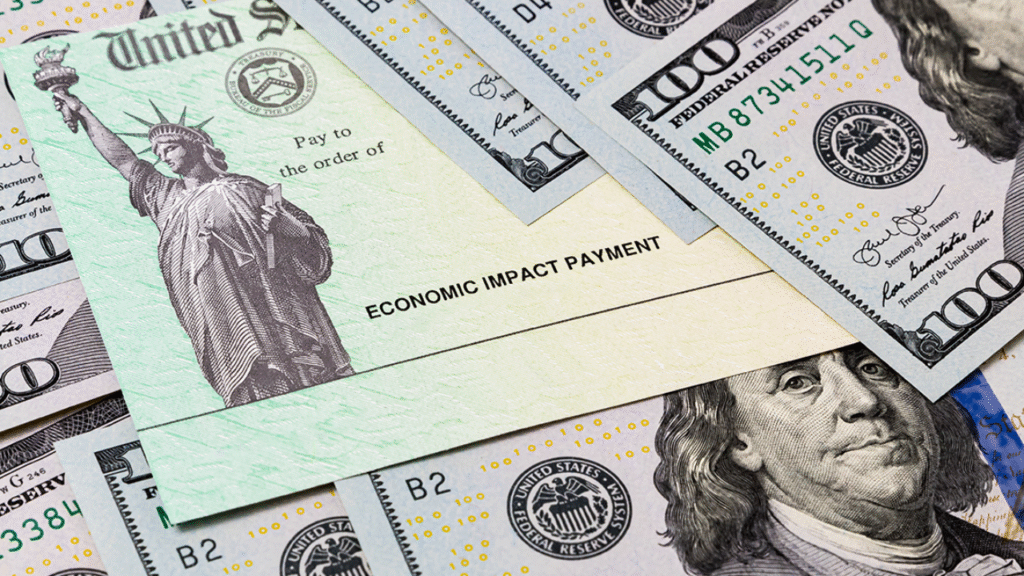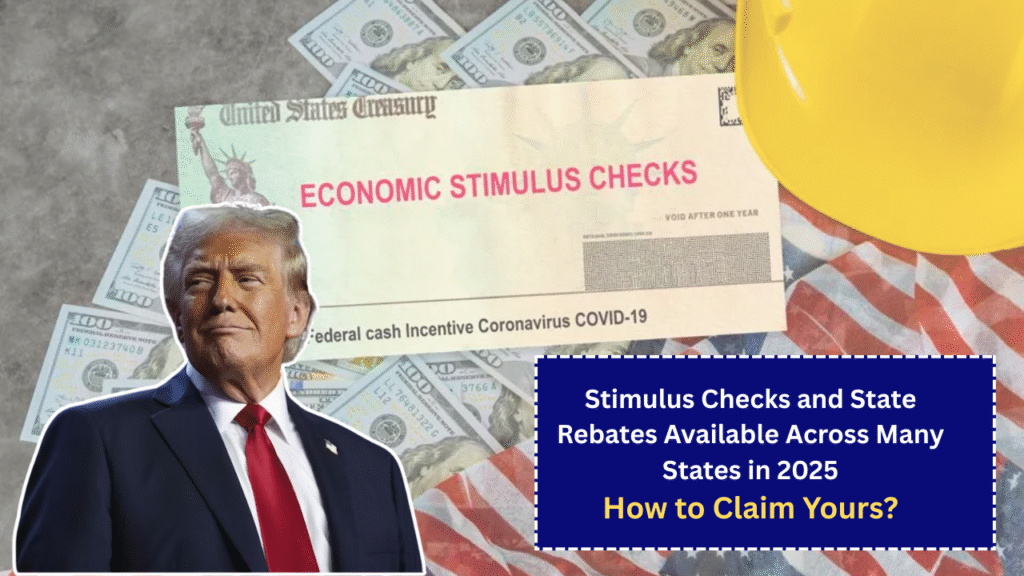Millions of Americans have already received stimulus payments from the federal government during the COVID-19 pandemic. But did you know that many states also offer their own stimulus checks, rebates, or tax credits? These extra payments can help ease the burden of rising costs, making life a little easier for families and individuals.
In this article, we will explain what state-level stimulus checks and rebates are, who can claim them, and how you can check if you qualify. We will also share important tips on deadlines and where to find official information.
What Are State Stimulus Checks and Rebates?
Stimulus checks and rebates from states are cash payments or tax credits given by state governments to eligible residents. These payments are often separate from the federal stimulus checks issued by the IRS.
While the federal government’s stimulus checks targeted the entire country, many states have designed their programs to support people facing financial challenges.
Some states offer direct cash payments, while others provide tax rebates or credits that reduce your state tax bill. The goal is to help people with everyday expenses such as groceries, rent, utilities, or other bills.
Which States Are Offering Stimulus Checks or Rebates in 2025?
Several states are continuing or launching new stimulus or rebate programs in 2025. The exact rules and payment amounts vary widely from state to state. Some examples include:
- California: Offers a new round of Golden State stimulus payments to qualified low- and middle-income taxpayers.
- New York: Provides tax rebate checks for eligible residents to offset inflation costs.
- Florida: Though not offering direct stimulus checks, the state has utility rebates for qualified residents.
- Texas: Launching energy cost relief rebates for households with low income.
- Illinois: Issuing a property tax rebate for homeowners.
- Ohio: Giving one-time cash payments to low-income families through tax credits.
Each state has its own eligibility rules, and the amounts vary from a few hundred dollars to over $1,000.
Who Can Claim These Payments?
The eligibility depends on your state of residence and specific program guidelines. However, common eligibility criteria include:
- Income limits: Most states set income caps, usually targeting low- to middle-income individuals or families.
- Filing state taxes: You may need to have filed a state tax return for the relevant year.
- Residency: You generally must be a resident of the state during the payment period.
- Other conditions: Some states require that you have children, pay property taxes, or meet other specific requirements.
If you received federal stimulus checks before, that does not guarantee you will get state payments. Each program runs independently.
How to Check If You Qualify and Claim Your Payment?

- Visit your state’s official government website: This is the safest and most reliable source of information. Search for keywords like “stimulus payment,” “rebate,” or “tax credit” along with your state name.
- Check your mail and email: Some states send automatic payments if you qualify. Others may send notifications with instructions.
- File your taxes on time: Many state stimulus programs depend on your tax filings. If you haven’t filed yet, do it as soon as possible.
- Use state online portals: Some states have portals where you can check your eligibility or apply for payments.
- Beware of scams: Never share your personal or banking information with unverified sources or through unofficial websites.
Why Are States Offering These Payments?
The cost of living has gone up significantly in recent years. Food, fuel, rent, and utility bills have become more expensive, putting pressure on many households. State governments want to help residents cope with these challenges.
State stimulus programs aim to:
- Boost local economies by increasing consumer spending.
- Provide relief to struggling families and individuals.
- Help stabilize communities by reducing financial stress.
By sending direct payments or rebates, states hope to ease some of the economic pain caused by inflation and other factors.
Important Deadlines and Tips
- Many state stimulus or rebate programs have deadlines to claim your payment or file taxes.
- Don’t wait until the last minute; check official websites early.
- Keep your documents handy, including tax returns, identification, and proof of residency.
- If you missed a payment last year, some states may offer catch-up options or similar programs.
- Stay updated on news from your state’s department of revenue or taxation.
How Much Can You Expect?
Payments vary by state and program. For example:
- California’s Golden State Stimulus payments have ranged from $200 to $1,000, depending on income and family size.
- New York’s rebates may range around $300 for individuals.
- Ohio’s payments for low-income families may be around $500.
- Texas energy relief rebates depend on household energy usage and income.
Keep in mind that not everyone qualifies for the maximum payment.
What to Do If You Haven’t Received Your Payment?
If you believe you qualify but have not received any payment or notification:
- Double-check your eligibility on your state’s official website.
- Confirm that your address and contact information are up to date in state records.
- Contact your state’s tax department or stimulus program helpline.
- Avoid third-party companies that promise fast payments for a fee.
Final Thoughts
State stimulus checks and rebates are an important source of financial help available to many people across the country. With inflation and daily expenses rising, these payments can provide welcome relief.
If you live in a state offering such programs, take the time to learn about your eligibility and how to claim your payment. Remember to use official sources and file your taxes promptly to avoid missing out.




